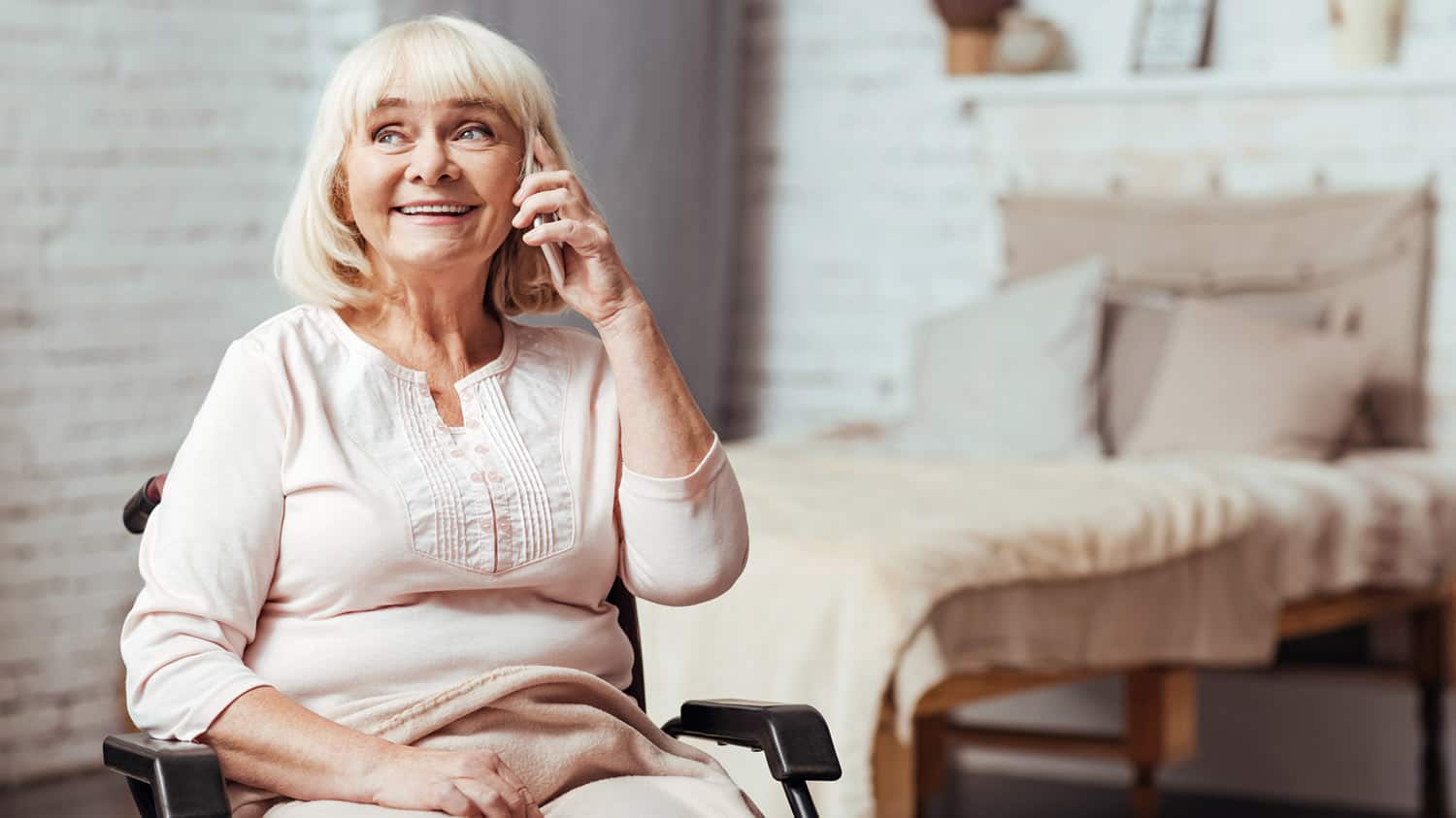
11 Life Hacks for When You Find Yourself Temporarily Disabled
Has an injury or illness side-lined your mobility? Whether it’s a broken foot or a severe arthritis flare-up, when it is difficult to get out and about, life can grind to a halt.
Suddenly, hopping out for groceries, exercising, even fixing yourself food become challenging and time-consuming tasks.
If you or someone you know is struggling with a temporary disability, don’t miss these quick life hacks and solutions:
Helpful Apps
In the digital age, there is an ‘app’ answer for nearly everything. When it comes to mobility impairment, you can leverage technology for numerous tasks.
Ordering Groceries
Purchase groceries and other goods online for convenient delivery to your home using services like InstaCart, Amazon Prime Now, Takeaway, Sainsbury’s, Postmates – or your local grocery retailer if they have local delivery options available.
Working
If your job or volunteer work is largely computer-based, you may be able to work remotely from home while you recuperate. Use free apps like Slack, Skype, Join.me, and UberConference to coordinate with your team members, instant message, share screens, live video chat and more.
Driving
A lower extremity injury can limit your driving abilities, so count on ridesharing apps to help you get somewhere in a pinch.
Uber and Lyft allow you to request a ride and handle all payments securely through an app on your smartphone. No worrying about calling a cab and handling cash or credit cards.
Eating
You may have plenty of groceries on hand but are unable to cook due to your condition. If that’s the case, order food from local restaurants and have it delivered straight to your door with apps like GrubHub, UberEats, DoorDash, Favor and Yelp Eat 24.
Medication Management
If your medicine schedule has become more complicated with your injury or illness, rely on apps like MediSafe, Pillboxie, Care Zone and Pill Reminder (from Drugs.com) to help you stay on track of all your medicine, both when it needs to be taken and when it needs to be refilled.
Powerful Assistive Devices and Tools
Gone are the days of sitting on your couch for 6 weeks while a leg or foot injury healed. With advancements in assistive technology and medical equipment, staying active while you recover is easier than ever.
Forearm Crutches
An alternative to traditional axillary crutches, a pair of forearm crutches can be a more effective assistive device that helps you take the weight off an injured limb. They improve your stability and balance when walking and help you avoid having to use a wheelchair to get around.
Knee Scooters
Ditch your traditional walker and try using a knee scooter which serves as a 3-wheeled – sometimes 4-wheeled – mobility aid with bicycle-like handlebars and a raised platform on which to place your injured leg.
Easier to maneuver and agiler than other walkers, knee scooters may be a viable option worth asking your doctor about.
Ease-Of-Use Tools
You may be surprised to learn about the sheer number of assistive devices out there which can simplify daily tasks when your physical abilities are limited. Dressing aids, button hooks and shoe horns can help you get dressed without having to bend, strain or fumble with your clothing.
Reacher grabbers and handle grippers can make reaching for, gripping, holding and picking things up – i.e. phone, keys, remote, spoon – easier and less stressful on your body as well.
Home Workout Equipment
Minimal gym equipment can go a long way in helping you maintain a fitness routine even while you are temporarily disabled.
Resistance bands, dumbbells, medicine balls, even a simple yoga mat can equip you with the tools you need to exercise safely in your own home and avoid excess weight gain while you recuperate.
Stream free online tutorials from knowledgeable instructors in everything from yoga to tai chi, light weight lifting and resistance exercises.
If your injury or illness requires extra support from a care network, utilize free online services as well to coordinate caregivers, meals, rides to appointments and so on – SignupGenius.com, Takethemameal.com and CaringBridge.com are great places to start.
When it comes to keeping life going while you recover from a condition that impairs your physical functioning, these life hacks are sure to help!
Has a temporary disability made it difficult for you to get around or do the things you love? What is your go-to app for saving time (or money) when you’re on the mend? Please share any tips or insights you may have!
Tags Healthy Aging






